Planting in ground citrus
zachw
9 years ago
Related Stories

GARDENING AND LANDSCAPINGCitrus 101: Start Your Own Backyard Orchard
This Earth Day Weekend, Add Some Green, Style and Deliciousness to Your Landscape
Full Story
GARDENING GUIDESSpring Citrus Care Reaps Months of Sweet Rewards
Learn how to tend citrus trees in spring and ways to preserve their delicious fruit
Full Story
GARDENING GUIDESHow to Keep Your Citrus Trees Well Fed and Healthy
Ripe for some citrus fertilizer know-how? This mini guide will help your lemon, orange and grapefruit trees flourish
Full Story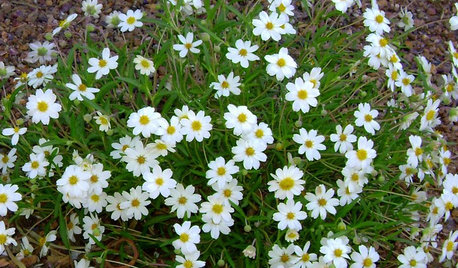
GROUND COVERSGreat Design Plant: Blackfoot Daisy for Prettier Dry Ground
Don’t let its delicate looks fool you. This ground cover can survive extreme cold and heat, and with little water to boot
Full Story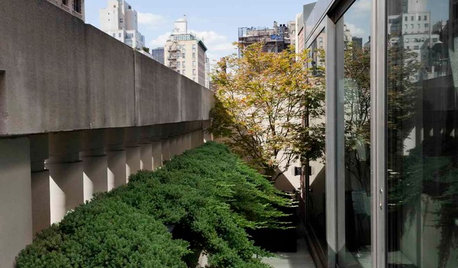
GARDENING GUIDESGreat Design Plant: Creeping Juniper Holds Its Ground
Add texture and evergreen interest to a layered garden with this low-maintenance, good-looking ground cover
Full Story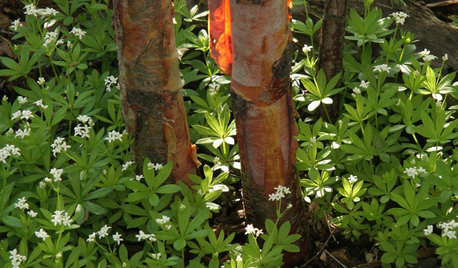
GARDENING GUIDES6 Deer-Resistant Ground Covers to Plant This Fall
Learn about some of the only low, spreading plants that are reliably deer-resistant
Full Story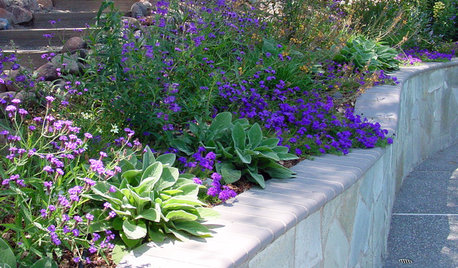
GARDENING GUIDESGreat Design Plant: Glandularia Rigida Paints the Ground Purple
Sandpaper verbena's deep purple flowers create a colorful carpet in drought-tolerant gardens
Full Story
GARDENING GUIDESGreat Design Plant: Bugle Weed, a Quick Ground Cover
It’s highly adaptable, suppresses weeds, reduces erosion and provide weeks of bright flowers. Just watch for invasiveness
Full Story
GARDENING GUIDESGreat Design Plant: Kumquats for a Juiced-Up Winter
Grow it for the edible fruit or its good looks alone. This citrus cousin will brighten any gray winter day
Full Story
COLORColor of the Week: 10 Tangy Ways with Citrus Green
Add some zest to your home with a little — or a lot of — lively lime
Full Story





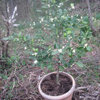
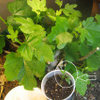
calistoga_al ca 15 usda 9
hoosierquilt USDA 10A Sunset 23 Vista CA
Related Professionals
Owings Mills Landscape Architects & Landscape Designers · Suffern Landscape Architects & Landscape Designers · Bridgeview Landscape Contractors · Costa Mesa Landscape Contractors · Edwardsville Landscape Contractors · Eustis Landscape Contractors · Fort Wayne Landscape Contractors · Garland Landscape Contractors · Leicester Landscape Contractors · Mount Sinai Landscape Contractors · New Berlin Landscape Contractors · Pahrump Landscape Contractors · Soddy Daisy Landscape Contractors · Twin Falls Landscape Contractors · Washington Landscape ContractorszachwOriginal Author
hoosierquilt USDA 10A Sunset 23 Vista CA
Hermitian
zachwOriginal Author
Hermitian
zachwOriginal Author
zachwOriginal Author
gregbradley
zachwOriginal Author